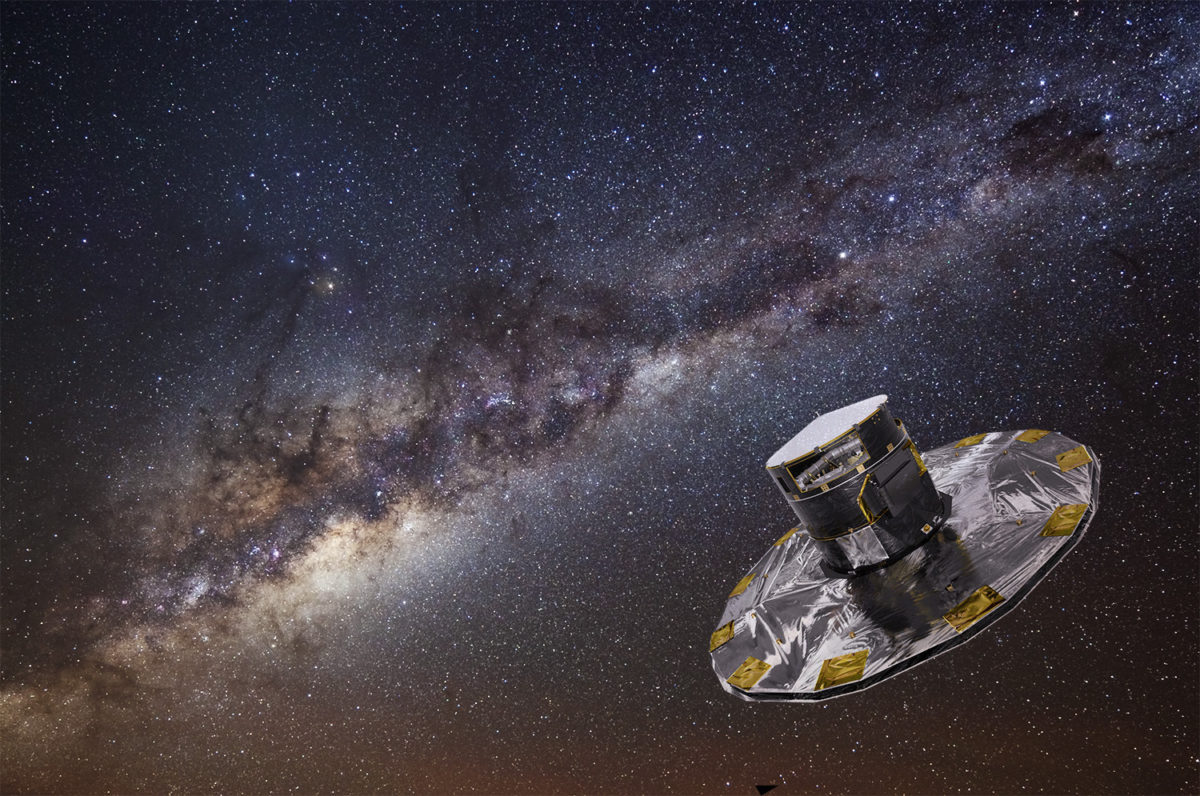

Instead, it is extremely broad, answering key science questions in nearly every branch of astronomy while also providing a dense and accurate visible-NIR reference frame needed for future astronomy facilities.Īll-sky projection in Galactic coordinates of the star count ratio per square degree between GaiaNIR and Gaia (G-band limit of 20.7th mag giving 1.5 billion Gaia sources). All-sky visible and Near-InfraRed (NIR) astrometry with a wavelength cutoff in the K-band is not just focused on a single or small number of key science cases. Why is accurate astrometry so important? The answer is that it provides fundamental data which underpin much of modern observational astronomy as will be detailed in this White Paper.

Its final catalogue to be released \(\sim \) 2027, will provide astrometry for \(\sim \) 2 billion sources, with astrometric precisions reaching 10 microarcsec.

Gaia has just completed its nominal 5-year mission (July 2019), but is expected to continue in operations for an extended period of an additional 5 years through to mid 2024. The second Gaia data release contained astrometric data for almost 1.7 billion sources with tens of microarcsec (or microarcsec per year) accuracy in a vast volume of the Milky Way and future data releases will further improve on this. Hipparcos has now been superseded by the results of the Gaia mission. The era of all-sky space astrometry began with the Hipparcos mission in 1989 and provided the first very accurate catalogue of apparent magnitudes, positions, parallaxes and proper motions of 120 000 bright stars at the milliarcsec (or milliarcsec per year) accuracy level.


 0 kommentar(er)
0 kommentar(er)
